PA66 GF30
El nailon 66 tiene un refuerzo de fibra de vidrio 30% y está reconocido como material plástico de ingeniería. Tiene una gran resistencia mecánica, estabilidad térmica y alta resistencia química. Este material se produce con un contenido de fibra de vidrio 30% y refuerza el rendimiento del material de nailon básico para las elevadas exigencias de aplicación de varias industrias. Además, se utiliza mucho para piezas de automoción, conectores eléctricos, ferretería, cojinetes, engranajes, etc, PA66 GF30 es la piedra angular de la mayoría de las aplicaciones de ingeniería actuales,
Hay otro material similar pa6 gf30 que está relacionado con este material, soemtimes cuando usted tiene bajo presupuesto nylon6 + gf30 será una de las opciones más, ir a PA6 GF30 para saber más sobre estos materiales similares.
Así pues, el conocimiento de sus características y métodos de procesamiento ayudará a elegir el material más adecuado para un uso concreto y a obtener los mejores resultados con una larga vida útil.
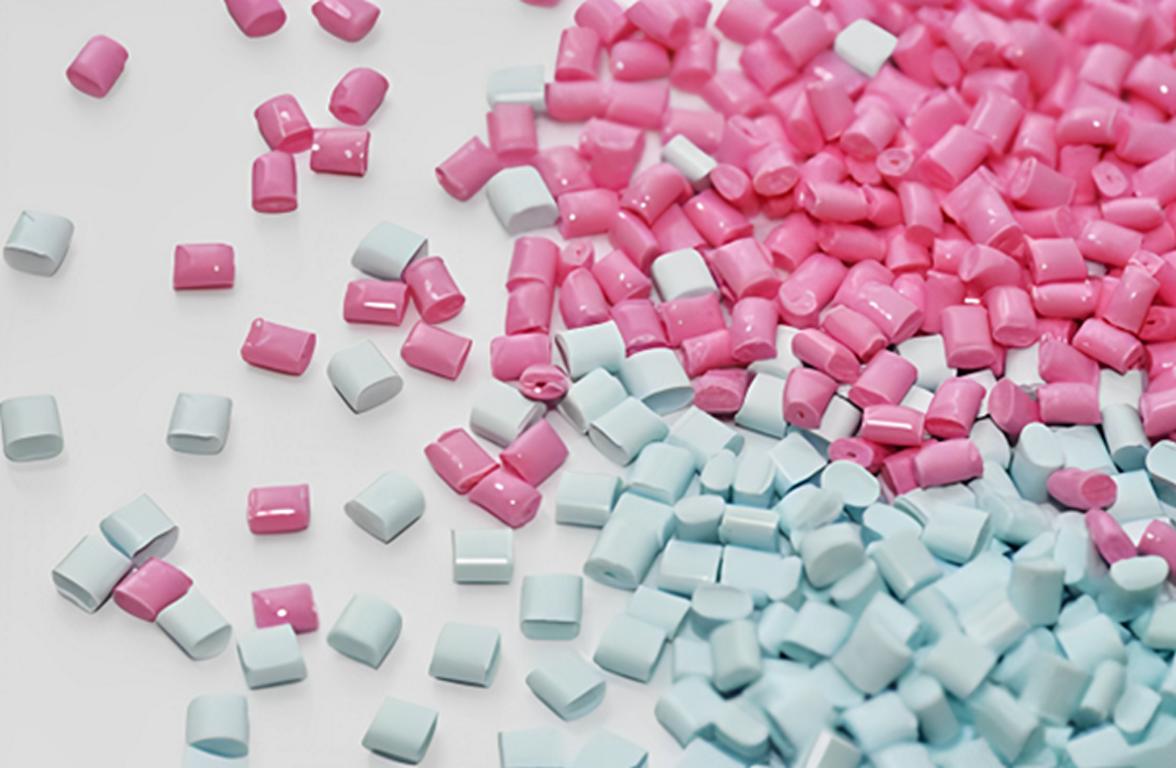
¿Qué significa PA66 GF30 (Nylon 66 GF30)?
PA66 GF30 o Poliamida 66 con refuerzo de fibra de vidrio 30% muestra termoplásticos de alto rendimiento, utilizados en industrias de ingeniería. Ha incorporado los mejores atributos del Nylon 66, incluyendo resistencia y alta tenacidad, y la cualidad adicional del refuerzo de fibra de vidrio, que aumenta las características mecánicas del material compuesto. Estas capas salientes son especialmente apreciadas por su capacidad para funcionar en condiciones miserables.
Esta característica ayuda a cualificar el material para su uso en cualquier entorno que exija solidez. El PA66 GF30 se utiliza con frecuencia en aplicaciones de automoción, eléctricas e industriales, ya que el mayor grado de refuerzo del producto es crucial. Sin embargo, tiene numerosas aplicaciones que requieren el máximo rendimiento y durabilidad.
Proceso paso a paso de fabricación de PA66 GF30
Por lo tanto, he aquí un procedimiento completo de pasos para la fabricación de plástico PA66 GF30;
1. Selección de materias primas
- Nylon 66 Resina: El primer tipo, y el más importante, es el Nailon 66 (poliamida 66) debido a sus propiedades mecánicas inherentes.
- Fibras de vidrio: Elija sólo una fibra de vidrio de alta calidad; normalmente las fibras de vidrio forman 30% de la composición total, por resistencia y características térmicas.
2. Compuesto
- Mezcla: La resina N66 y las fibras de vidrio se mezclan uniformemente en un mezclador de alta velocidad y alto cizallamiento utilizando una extrusora de doble tornillo. Esto ayuda a lograr una dispersión adecuada de la uniformidad de las fibras de vidrio en una matriz de nailon.
- Aditivos: Añadir ingredientes (por ejemplo, estabilizantes, colorantes o agentes para mejorar las propiedades de procesado y aplicación).
3. Procesamiento de la masa fundida
- Extrusión: El material se mezcla de nuevo con el material de mezcla calentado y pasa a través de un troquel para formar hebras o gránulos. Este paso es crucial, ya que ayuda a establecer una distribución uniforme de las fibras de vidrio dentro de la matriz de nailon.
- Enfriamiento: La mayoría de los filamentos se sumergen en agua para enfriarlos y endurecer el material antes de romperlos en bolitas.
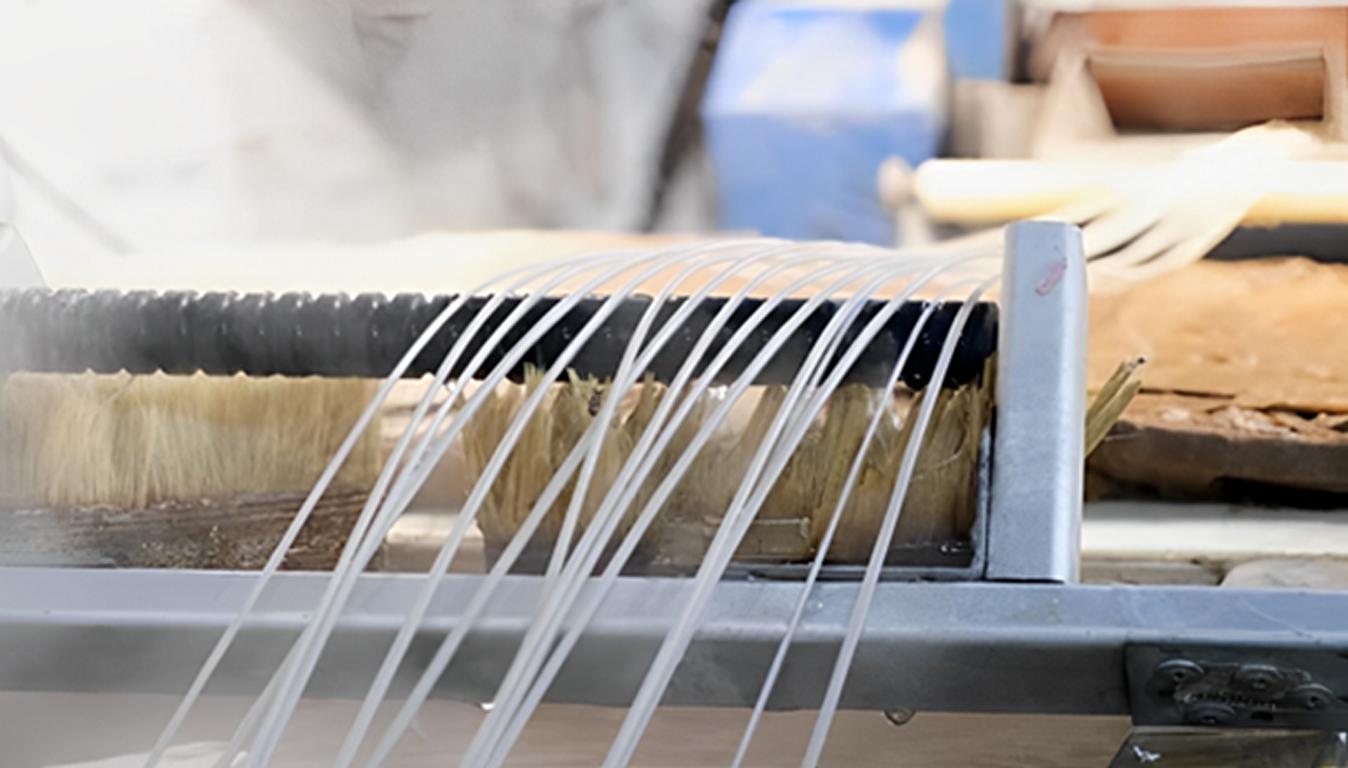
material de extrusión PA66 GF30
4. Peletización
- Cortando: Una vez enfriados, los filamentos se trocean en vasos cilíndricos sólidos envasados que se recogen para ser almacenados o procesados.
- Control de calidad: Los gránulos finales también se someten a una prueba de calidad en un intento de cumplir la norma establecida por tamaño, contenido de humedad y prueba mecánica.
- Moldeo por inyección u otras técnicas de conformado:
- Moldura: Los gránulos de PA66 GF30 se calientan y se inyectan en el Moldeo por inyección máquinas y se vierten en moldes. Este proceso favorece la formación de piezas como moldeo por inyección para automoción piezas, carcasas eléctricas de plástico, productos moldeados a medida y entre otros del material.
- Conformación alternativa: Otras técnicas de procesado utilizadas pueden incluir el moldeo por soplado o el moldeo por compresión cuando la aplicación lo requiera.
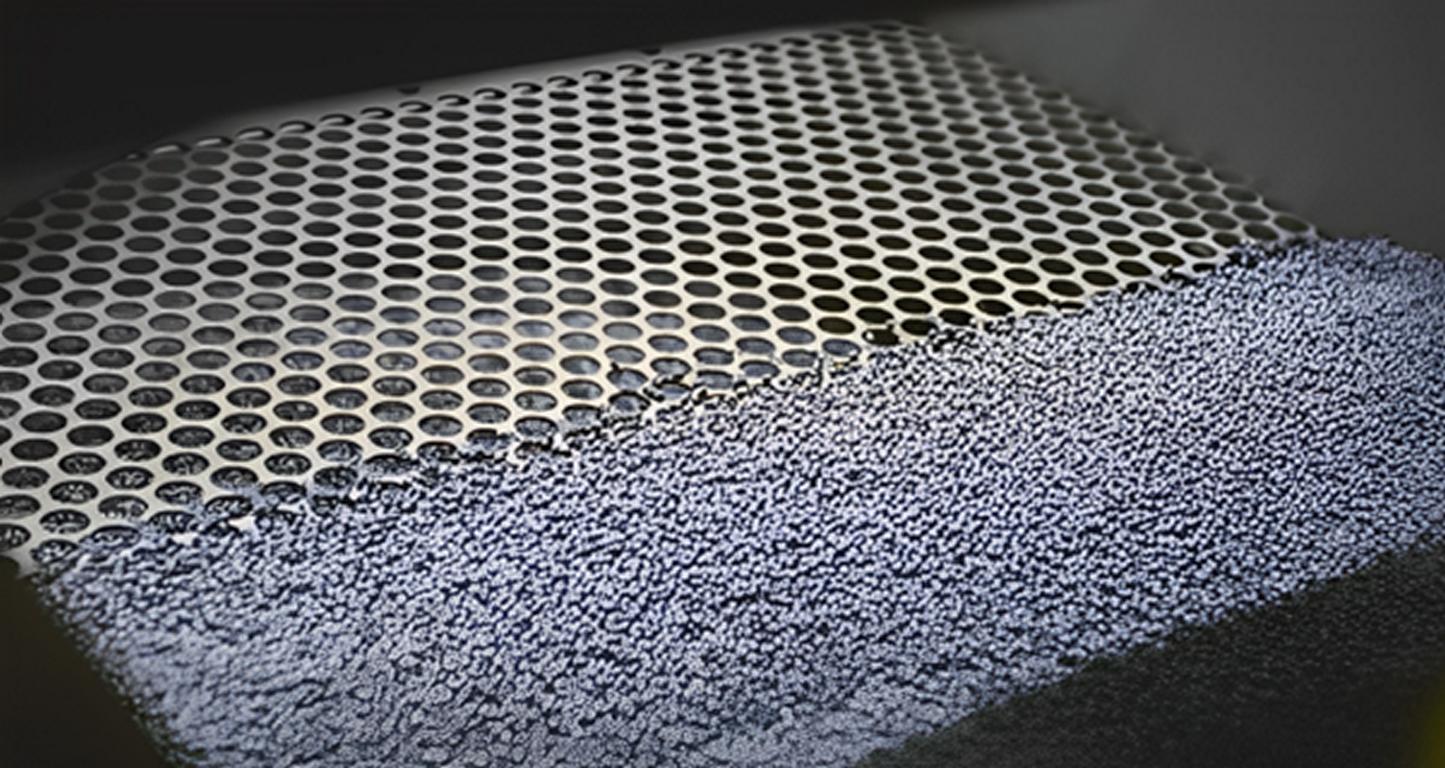
5. Enfriamiento y desmoldeo
- Enfriamiento: Una vez lleno el molde, el material se deja fraguar hasta que se repite el proceso de moldeo o se retira el producto. El tiempo que transcurre mientras se enfría determina la forma y el tamaño del pan producido.
- Desmoldeo: Una vez polimerizadas las piezas, se enfrían los moldes y se "usian" las piezas terminadas.
- Post-procesamiento:
- Recorte y acabado: Pueden eliminarse las rebabas del molde o los bebederos que acompañan al proceso de moldeo. Otras operaciones de revestimiento final, como el corte o el acondicionamiento de la superficie.
Diferentes grados y variantes de PA66 GF30
Aquí están diferentes PA66 GF30 grados de plástico y sus variantes disponibles en el mercado; Let; 's explorar su composición y aplicaciones en diferentes industrias;
| Grado/Variante | Contenido en fibra de vidrio (%) | Resistencia a la tracción (MPa) | Temperatura de servicio continuo (°C) | Aplicaciones |
| PA66 GF30 | 30 | 80-100 | 120-150 | Componentes de automoción, carcasas eléctricas, piezas de maquinaria industrial |
| PA66 GF15 | 15 | 70-90 | 120-140 | Bienes de consumo, componentes estructurales, dispositivos electrónicos |
| PA66 (sin reforzar) | 0 | 60-80 | 90-110 | Aplicaciones generales, componentes de baja carga |
| PA66 GF50 | 50 | 90-130 | 130-160 | Componentes sometidos a grandes esfuerzos, piezas de automoción expuestas a condiciones extremas |
| PA66 GF20 | 20 | 75-95 | 120-145 | Componentes de carga media, aplicaciones industriales, carcasas para herramientas |
Propiedades básicas de PA66 GF30 (Nylon 66 GF30)
Analicemos algunas de las características importantes del PA66 GF30 (Nylon 66 GF30)
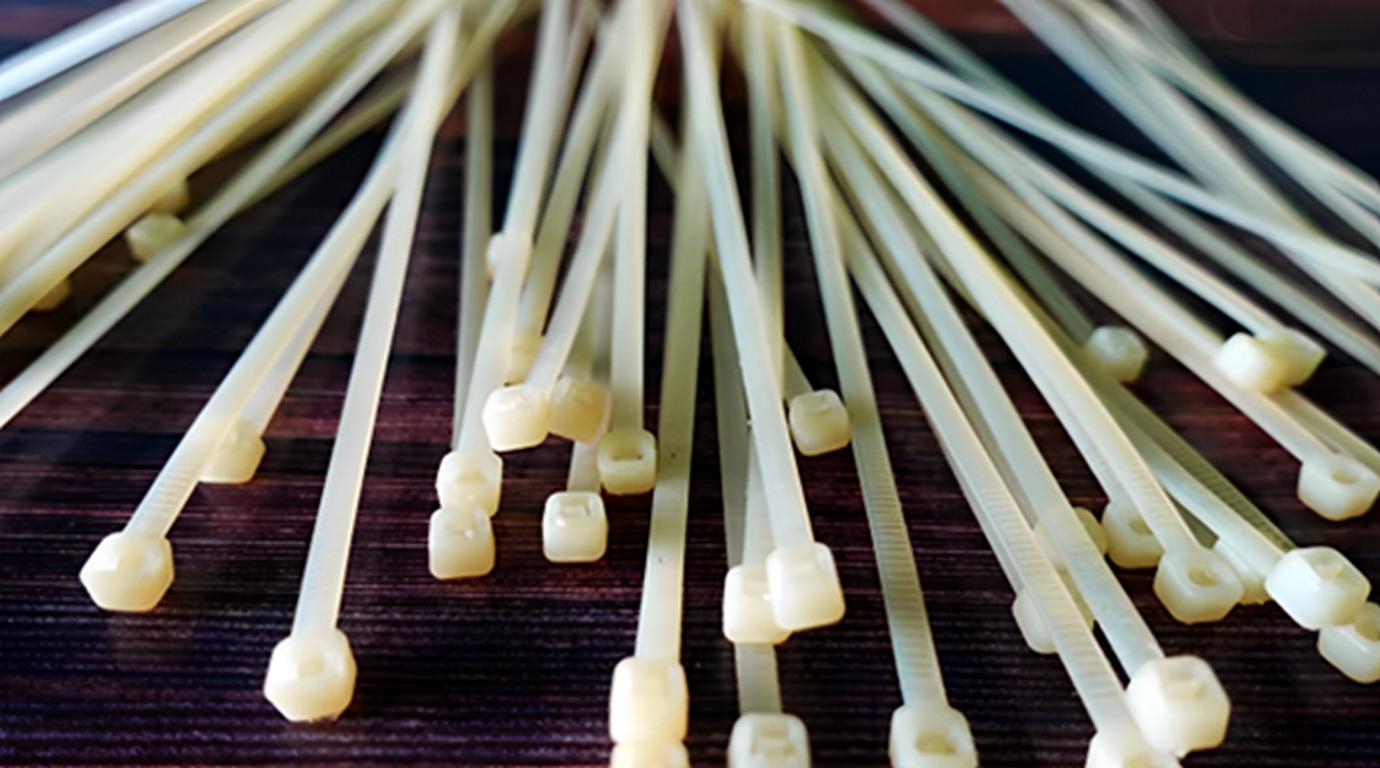
1. Propiedades mecánicas:
- Resistencia a la tracción: Suele variar entre 80 y 100 MPa, por lo que proporciona fuerzas de tracción más resistentes.
- Módulo de flexión: Estos constituyen 10-15 GPa, lo que significa que el material presenta una buena rigidez y ofrece una buena resistencia a la flexión.
- Resistencia al impacto Izod entallada: Se eleva en el rango de 5-10 kJ/m², lo que permite que el material posea una capacidad moderada para soportar impactos.
2. Propiedades térmicas
- Temperatura de servicio continuo: Estos hilos poseen propiedades resistentes al moho, por lo que son aptos para soportar temperaturas de hasta 120 °C a 150 °C.
- Temperatura de deflexión térmica: En general, es estable a unos 220°C, por lo que favorece la estabilidad térmica.
3. Resistencia química
- Resistencia a disolventes: Resistente a aceites, grasas y combustibles, el material compuesto encontrará usos y aplicaciones en condiciones de uso duras.
- Absorción de humedad: Rica en humedad, puede hincharse, lo que a veces puede afectar a las características mecánicas culinarias y a la estabilidad dimensional.
4. Estabilidad dimensional
Poco alabeo: Las fibras de vidrio mejoran la estabilidad dimensional y reducen el alabeo y la contracción durante el procesamiento y el uso.
5. Características de procesamiento
Índice de fluidez: Normalmente oscila entre 10 y 30 g/10-min, lo que caracteriza su comportamiento de flujo durante el procesado, especialmente en el moldeo por inyección.
Facilidad de moldeo: Puede procesarse empleando las técnicas convencionales para la transformación de la parte superior, incluidos el moldeo por inyección y la extrusión.
6. Propiedades eléctricas:
Rigidez dieléctrica: Posee una elevada rigidez dieléctrica el producto es ideal para aplicaciones en las que interviene la electricidad y el aislamiento.
7. Densidad
Densidad: Entre 1,3 y 1,4 g/cm³, un poco más que el nailon sin relleno, lo que aumenta la resistencia del producto.
Normas y especificaciones de materiales críticos para PA66 GF30 (Nylon 66 Gf30)
Así pues, a continuación se indican las normas y especificaciones de material más utilizadas para la PA66 GF30
| Norma/Especificación | Descripción |
| ASTM D638 | Mide las propiedades de tracción (resistencia, alargamiento, módulo). |
| ASTM D790 | Evalúa la resistencia a la flexión y el módulo. |
| ASTM D256 | Evaluar la resistencia al impacto Izod para la durabilidad. |
| ISO 527 | Norma internacional relativa a las propiedades de tracción. |
| ISO 178 | Proporciona datos de propiedades de flexión para aplicaciones estructurales. |
| ISO 180 | Determina internacionalmente la resistencia al impacto Izod. |
| UL 94 | Pruebas de los grados de inflamabilidad (por ejemplo, V-0, V-1, V-2). |
| Conformidad RoHS | Garantiza que los materiales no contengan sustancias peligrosas. |
| Cumplimiento de REACH | Garantiza la seguridad química en la UE. |
| Cumplimiento de la FDA | Garantiza la seguridad de las aplicaciones en contacto con alimentos. |
Ventajas y desventajas de PA66 GF30 (Nylon 66 GF30)
A continuación se exponen los pros y los contras de la PA66 GF30 (Nylon 66 GF30);
Pros
- Alta resistencia mecánica: Resistencia a la tracción extremadamente buena con propiedades de alta rigidez que son útiles para soportar cargas.
- Estabilidad térmica: Esto es compatible con propiedades a temperaturas más altas, propiedades que se pueden utilizar hasta 120°C (248°F).
- Resistencia química: Resistente a diferentes formas de productos químicos, aceites y disolventes del mercado.
- Estabilidad dimensional: Poco alabeo cerca del bulbo y el cilindro mantiene su forma bajo cambios en las condiciones.
- Versatilidad: Se puede moldear fácilmente con los procedimientos más convencionales.
Contras
- Mayores costes de producción: Las pruebas sugieren que su producción es más costosa que la de los nylons no reforzados.
- Flexibilidad limitada: La lámina Organo no es adecuada para aplicaciones en las que se requiera que el material sea flexible o posea una alta resistencia al impacto.
- Absorción de humedad: Puede hincharse y provocar un cambio en las propiedades mecánicas del material.
- Retos del reciclaje: Restricciones en la reciclabilidad externa y posibles daños al medio ambiente.
- Dificultades de procesamiento: Difícil de trabajar debido al refuerzo de fibra de vidrio, este material también se cobra un peaje considerable en moldes y máquinas.
Aplicaciones de PA66 GF30
El PA66 GF30 es conocido por sus buenas prestaciones mecánicas y puede utilizarse en muchos campos. He aquí algunas aplicaciones comunes:
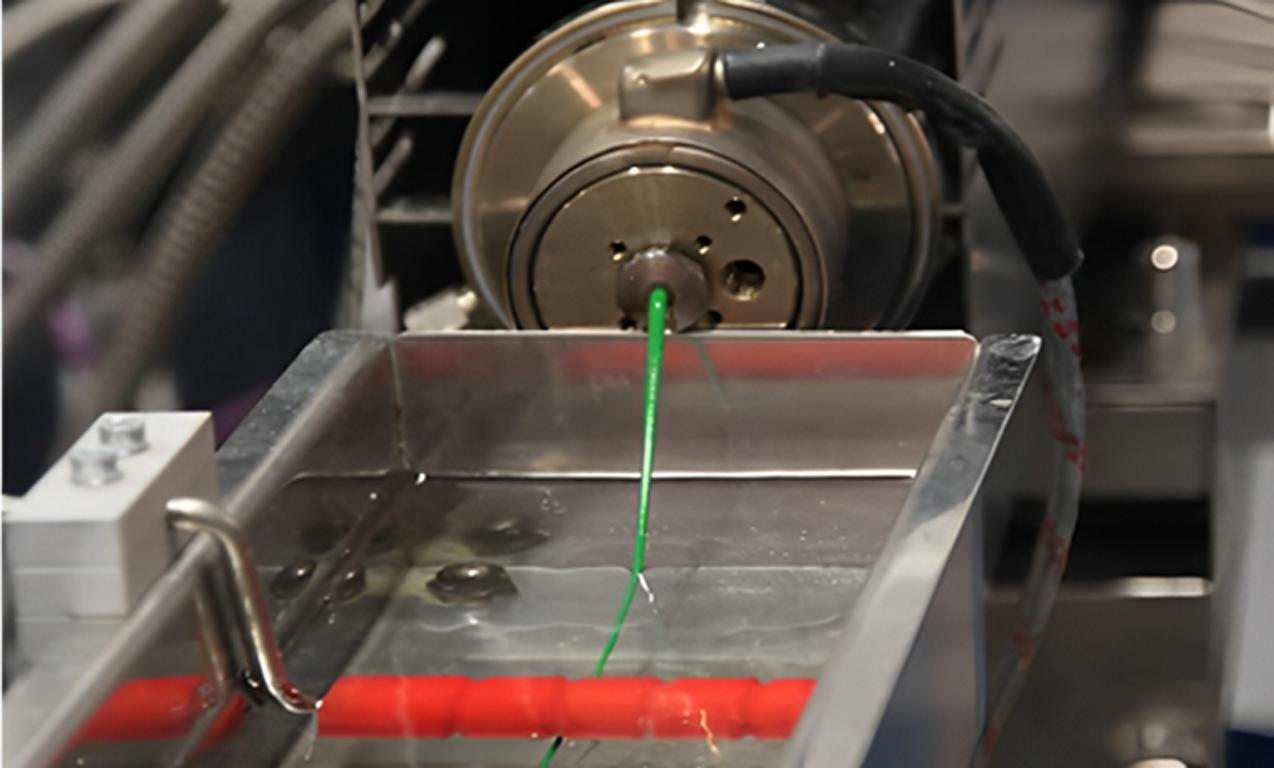
- Componentes automotrices:
- Ménsulas y soportes: Se aplica en piezas estructurales que necesitan gran resistencia y rigidez.
- Carcasas para sistemas eléctricos: Especialmente para piezas expuestas al calor y las vibraciones.
- Aplicaciones bajo el capó: Las piezas estructurales, como el colector de admisión de aire y la cubierta del motor, también pueden beneficiarse del sencillo equilibrio térmico de la PA66 GF30.
- Conectores eléctricos: Ofrecen excelentes propiedades dieléctricas y una resistencia mecánica adecuada para su uso en la fabricación de equipos y aparatos electrónicos.
- Piezas de maquinaria industrial: En engranajes, cojinetes y todas las demás aplicaciones en las que se desea una gran resistencia al desgaste y capacidad de carga.
- Bienes de consumo: Se utiliza en productos que tienen que ser duraderos, resistentes y con estructuras relativamente ligeras, por ejemplo, automóviles, herramientas eléctricas, equipos deportivos y electrodomésticos.
- Aplicaciones aeroespaciales: Apropiado para piezas ligeras y muy cargadas que resisten condiciones ambientales severas.
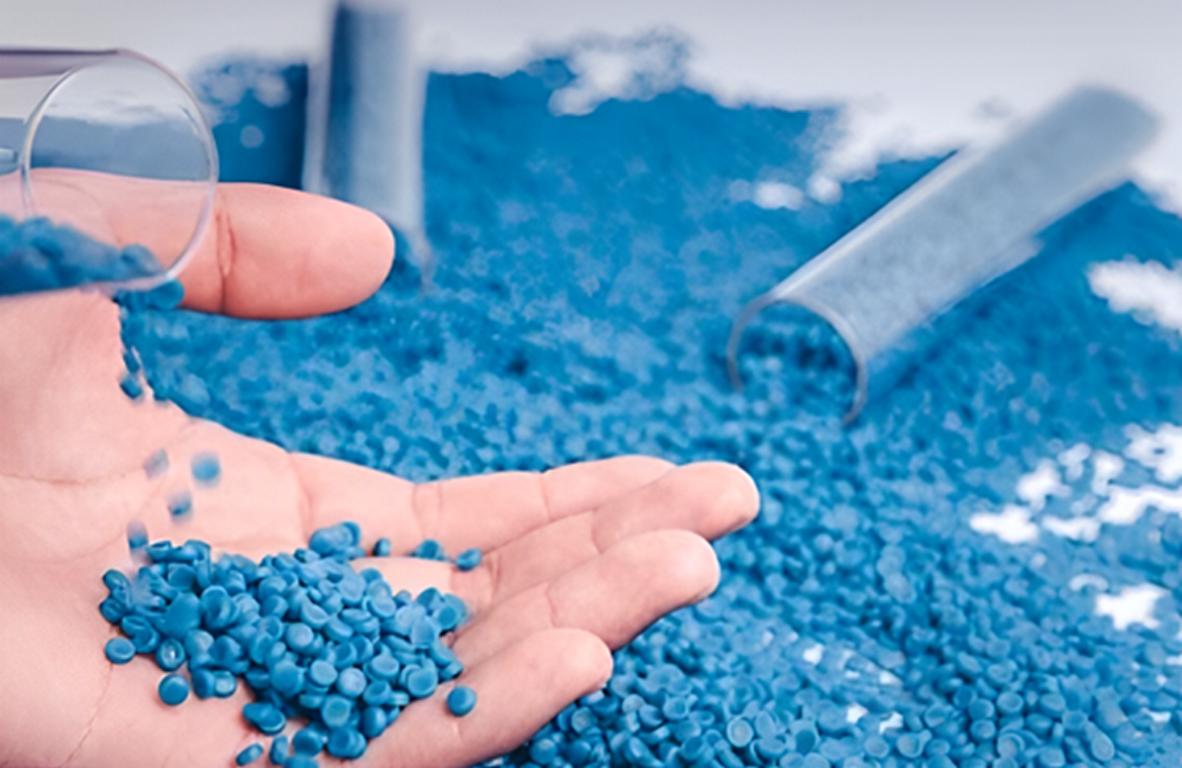
Factores medioambientales de PA66 GF30
Los siguientes son factores ambientales comunes para PA66 GF30 Plástico;
- Emisiones de producción: Emisiones derivadas del proceso de producción.
- Consumo de recursos: Piense en la durabilidad de las materias primas.
- Biodegradabilidad: El PA66 GF30 es un polímero no biodegradable, por lo que el siguiente paso es determinar la viabilidad de su reciclado.
- Evaluación del ciclo de vida (ECV): Realizar un ACV para determinar la carga medioambiental del ciclo de vida del producto.
- Impacto de los aditivos: Considerar los efectos medioambientales de todos los aditivos que la empresa pueda incorporar a sus productos.
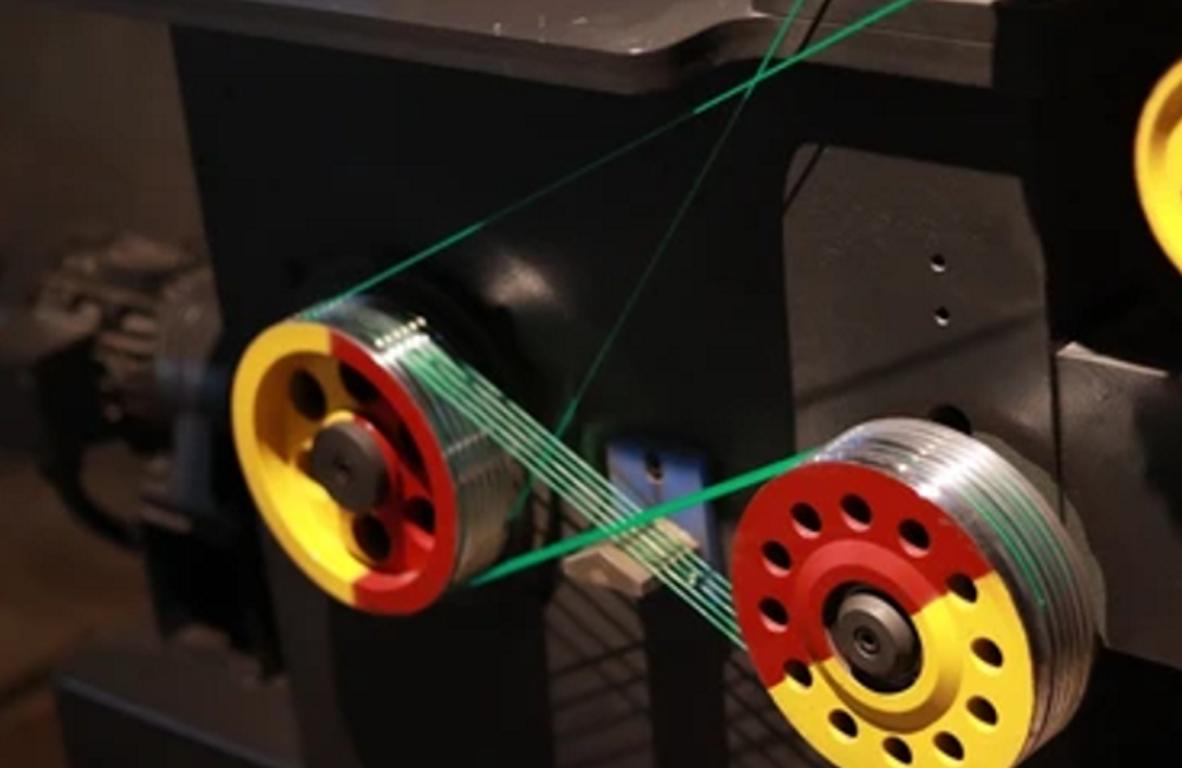
¿Cuándo debo utilizar PA66 GF30?
Utilice PA66 GF30 en aplicaciones en las que sean importantes los siguientes criterios:
- Alta resistencia mecánica: Siempre que sea probable que la aplicación tenga piezas pa66 gf30 que deban soportar altos niveles de tensión y carga.
- Estabilidad térmica: Cuando los componentes van a estar sometidos a condiciones de funcionamiento combinadas, como en los automóviles y las prácticas industriales.
- Resistencia química: Si el material se va a utilizar en aplicaciones en las que entre en contacto con ácidos fuertes, aceite, disolventes, etc.
- Estabilidad dimensional: Las aplicaciones como la precisión dimensional y la estabilidad de las estructuras utilizadas en entornos con temperaturas y humedad variables exigen un control de la tolerancia.
Cuándo no utilizar PA66 GF30
Considere evitar PA66 GF30 en los siguientes casos:
- Requisitos de alta flexibilidad: La PA66 GF30 puede ser demasiado rígida para satisfacer las necesidades de la aplicación en una situación en la que la naturaleza de la aplicación exija materiales que puedan flexionarse o doblarse en gran medida.
- Entornos de humedad extrema: Es moderadamente resistente al agua, pero cuando se expone a cambios prolongados de agua, la dimensión del material y las propiedades mecánicas se ven afectadas.
- Aplicaciones sensibles a los costes: Si el coste es una preocupación, explore las opciones, ya que el PA66 GF30 puede ser más costoso que el nailon no reforzado u otros materiales.
Conclusión
En conclusión, este material tiene una gran solidez y resistencia térmica y química, por lo que se denomina PA66 GF30 o Nylon 66 GF30. También se utiliza en automoción, electrónica y en la producción de otros bienes de consumo. Sin embargo, a pesar de estas ventajas, su uso tiene limitaciones y los usuarios deben tenerlas en cuenta, así como la naturaleza de la aplicación para la que se pretende utilizar, con el fin de obtener los mejores resultados posibles.
Preguntas frecuentes
¿Cuál es la aplicación de este material en las industrias?
El PA66 GF30 tiene una amplia aplicación en automoción, electrónica, aeroespacial e industrial.
¿Es seguro utilizar PA66 GF30 para aplicaciones en contacto con alimentos en la industria alimentaria?
PA66 GF30 no viene de serie dentro de las directrices de la FDA para el contacto directo con alimentos, por lo que no debe utilizarse en aplicaciones que impliquen contacto directo con alimentos a menos que se indique lo contrario, puede ir a plástico alimentario página para comprobar los materiales que se demandan para la industria alimentaria.
¿A qué temperatura puede someterse la PA66 GF30 antes de romperse?
Dependiendo de la formulación, la PA66 GF30 tiene la capacidad de mantener una temperatura de servicio continua de hasta aproximadamente 120°C (248°F).
¿Es reciclable la PA66 GF30?
La disponibilidad de recicladores que acepten PA66 GF30 es todavía escasa y al desechar mercancías fabricadas con este material deben tenerse en cuenta sus efectos medioambientales, cuando utilice molde de inyección de plástico tecnología con PA66 G30 para fabricar las piezas de moldeo por inyección de plástico, PA66 GF30 puede reciclarse.
¿Cómo se comporta este grado PA66 GF30 en comparación con otros tipos de nailon?
En cuanto a propiedades mecánicas y rendimiento térmico, la PA66 GF30 es superior al nailon no reforzado y, entre los materiales de nailon, a la PA6.


Dejar un comentario
¿Quieres unirte a la conversación?Siéntete libre de contribuir!